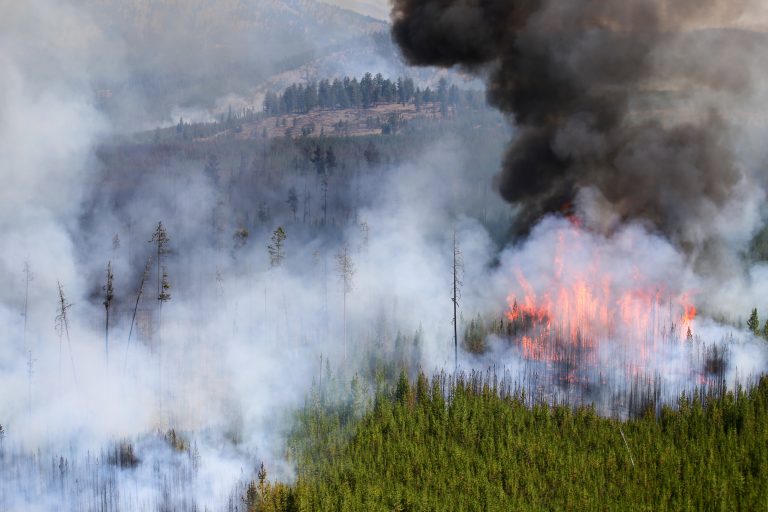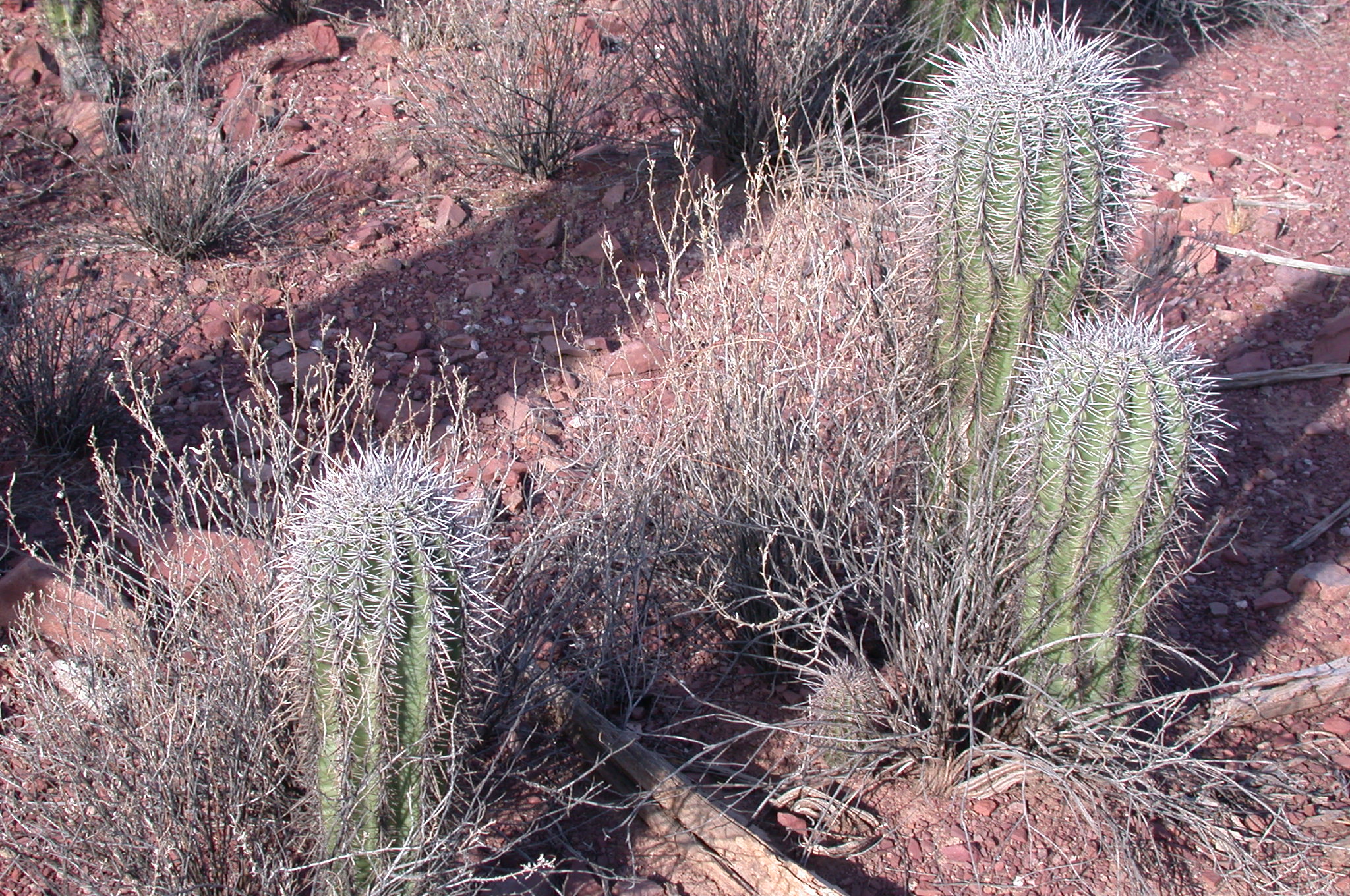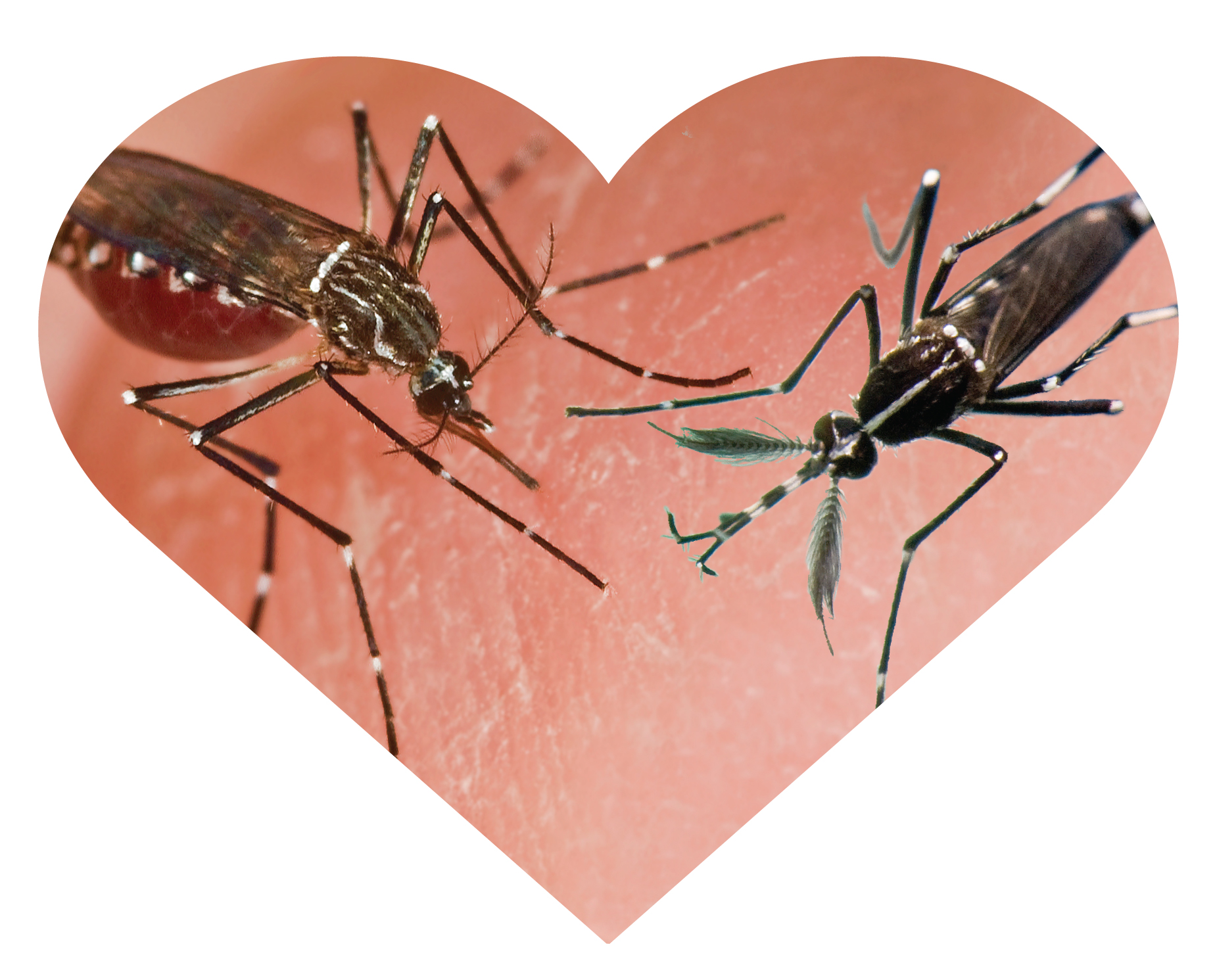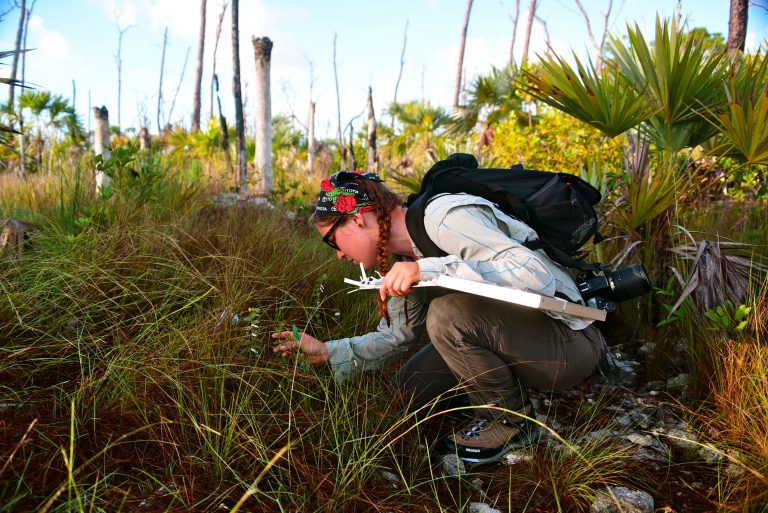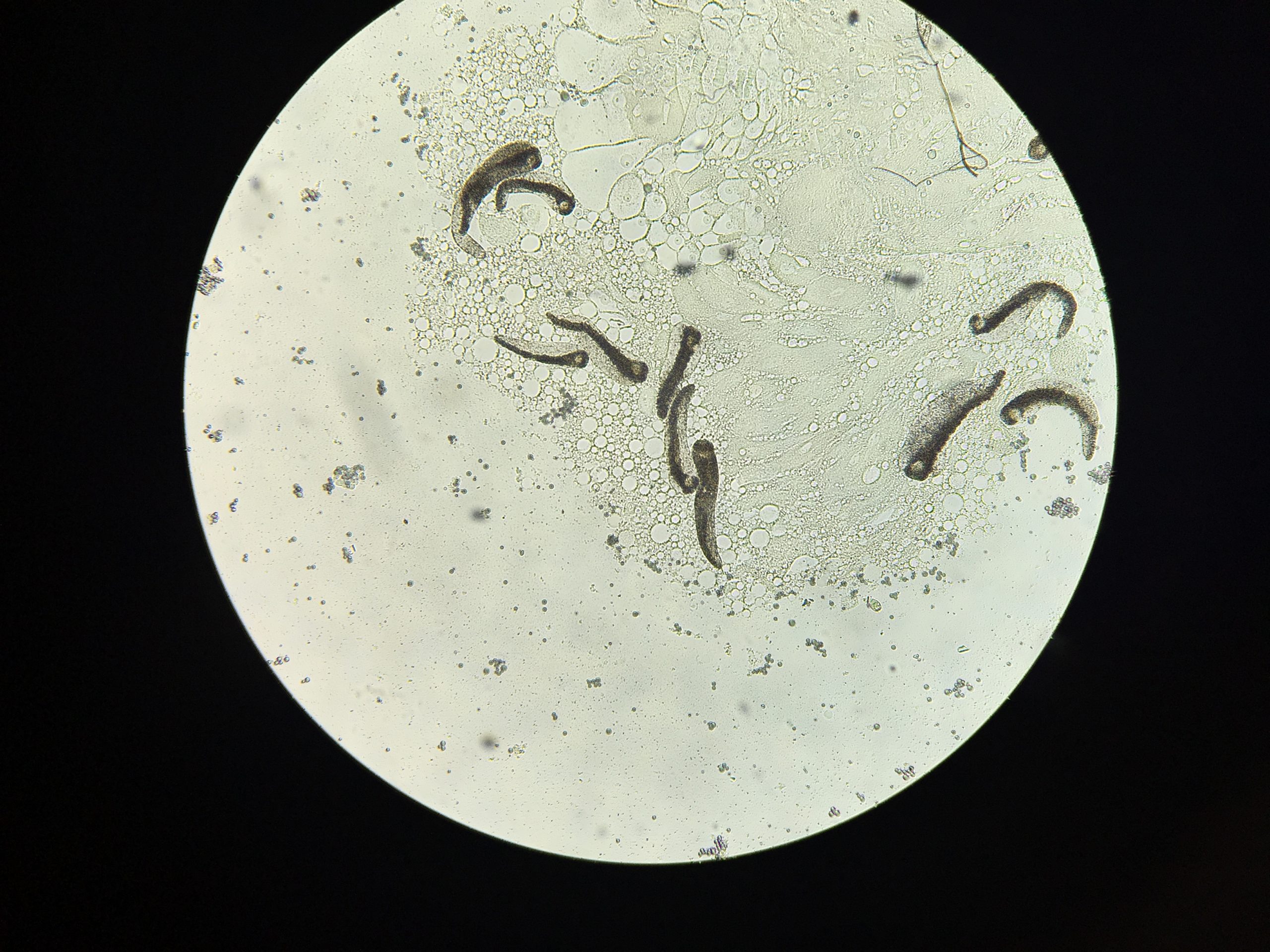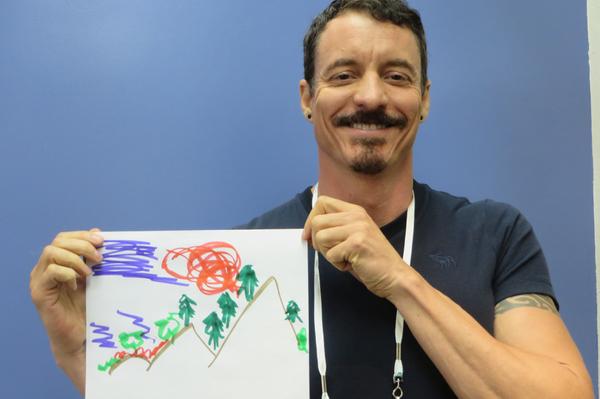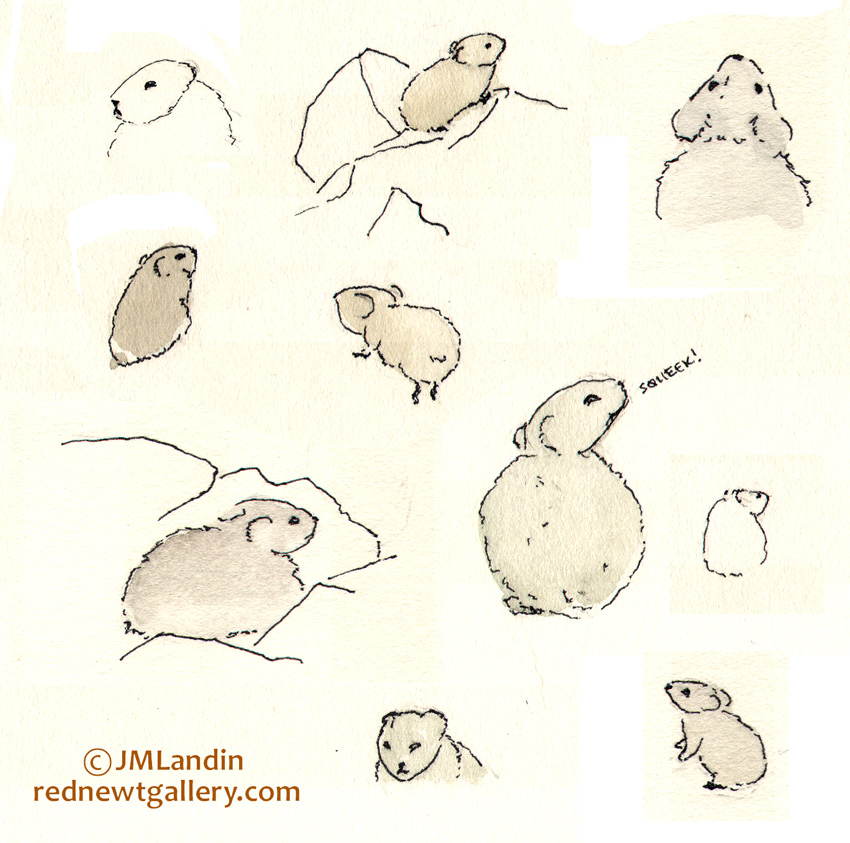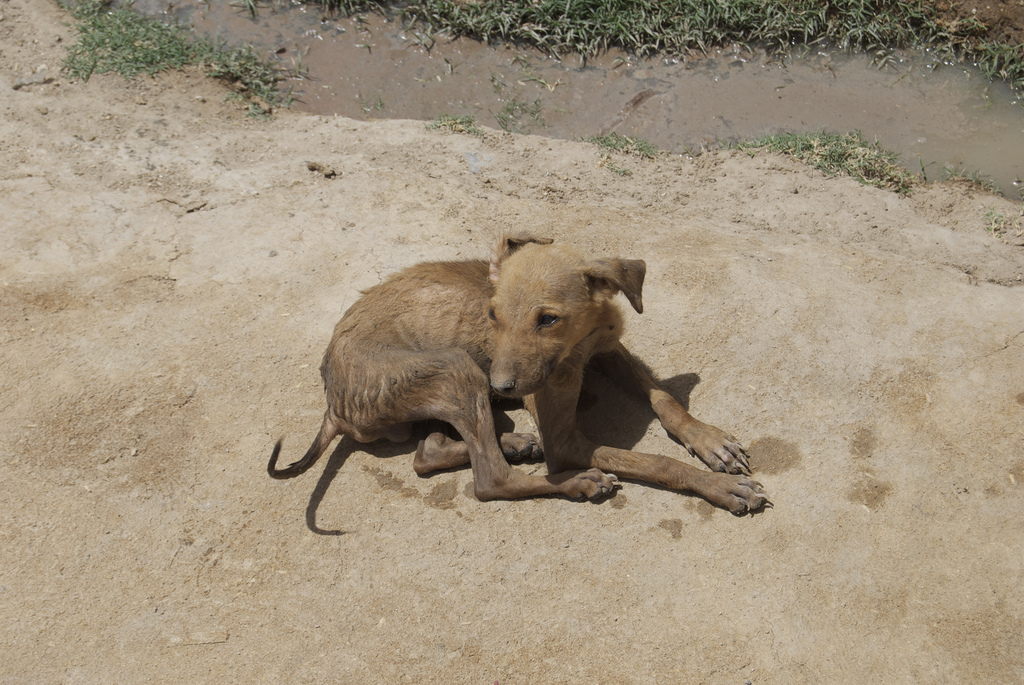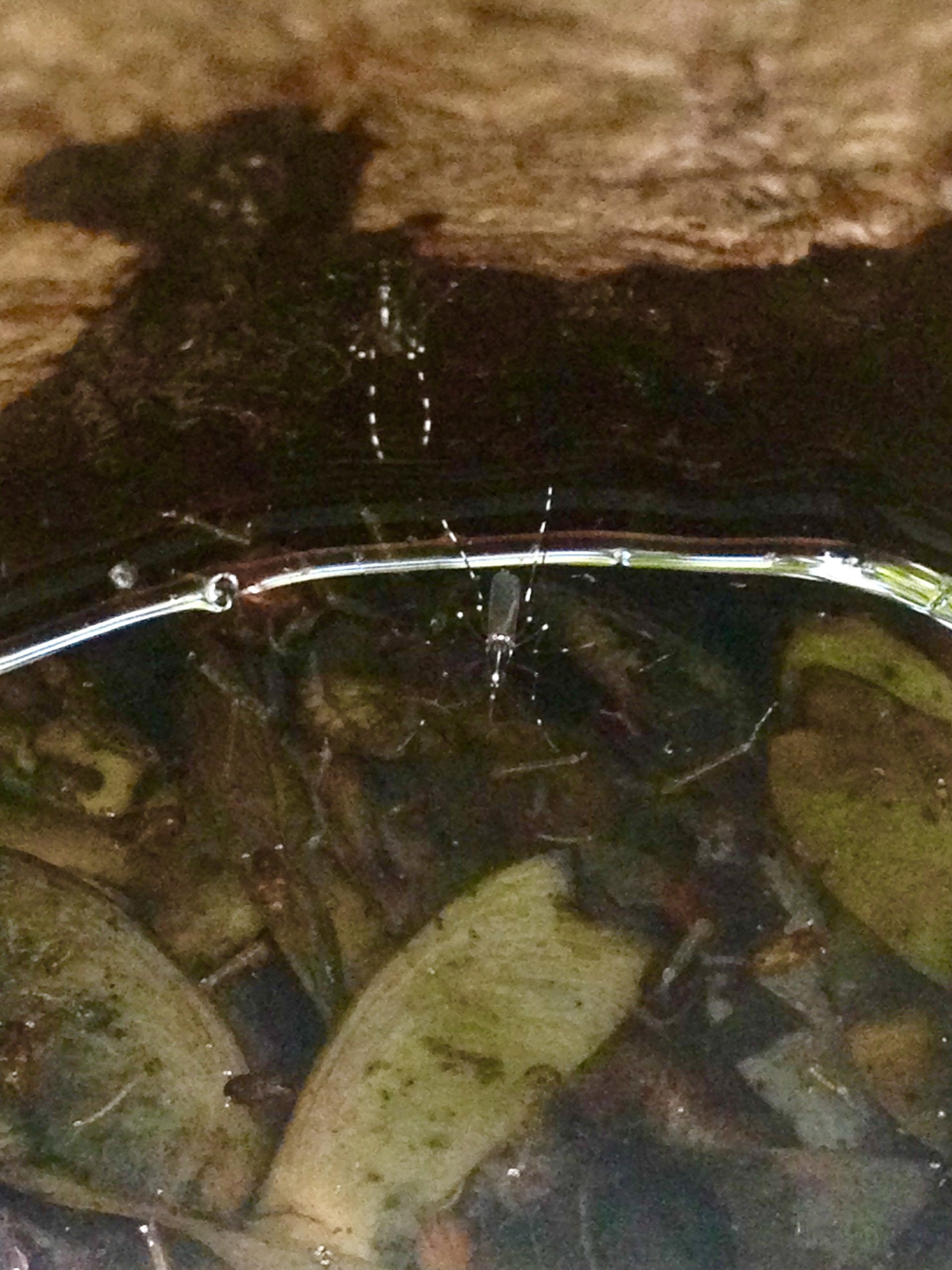
Asian tiger mosquito thrives in New York
The aggressive, day-biting Asian tiger mosquito, Aedes albopictus, has spread with global trade from its native home in the tropics and subtropics of Southeast Asia. First observed in Houston, Texas, in 1987, it rapidly spread through the interstate system in the the United States. Its range is pushing northward into New York and Pennsylvania. Does Ae. albopictus crowd out other…
